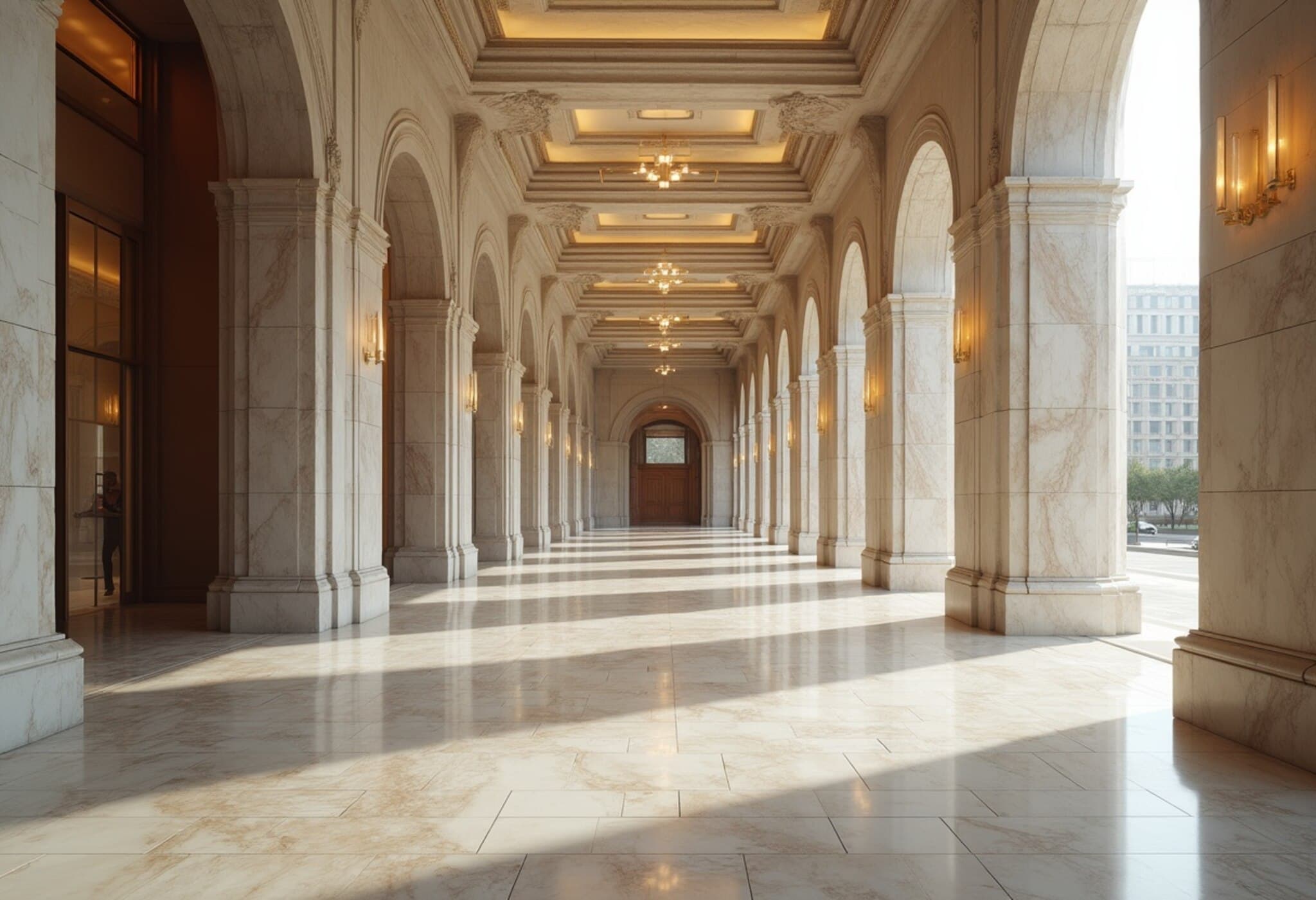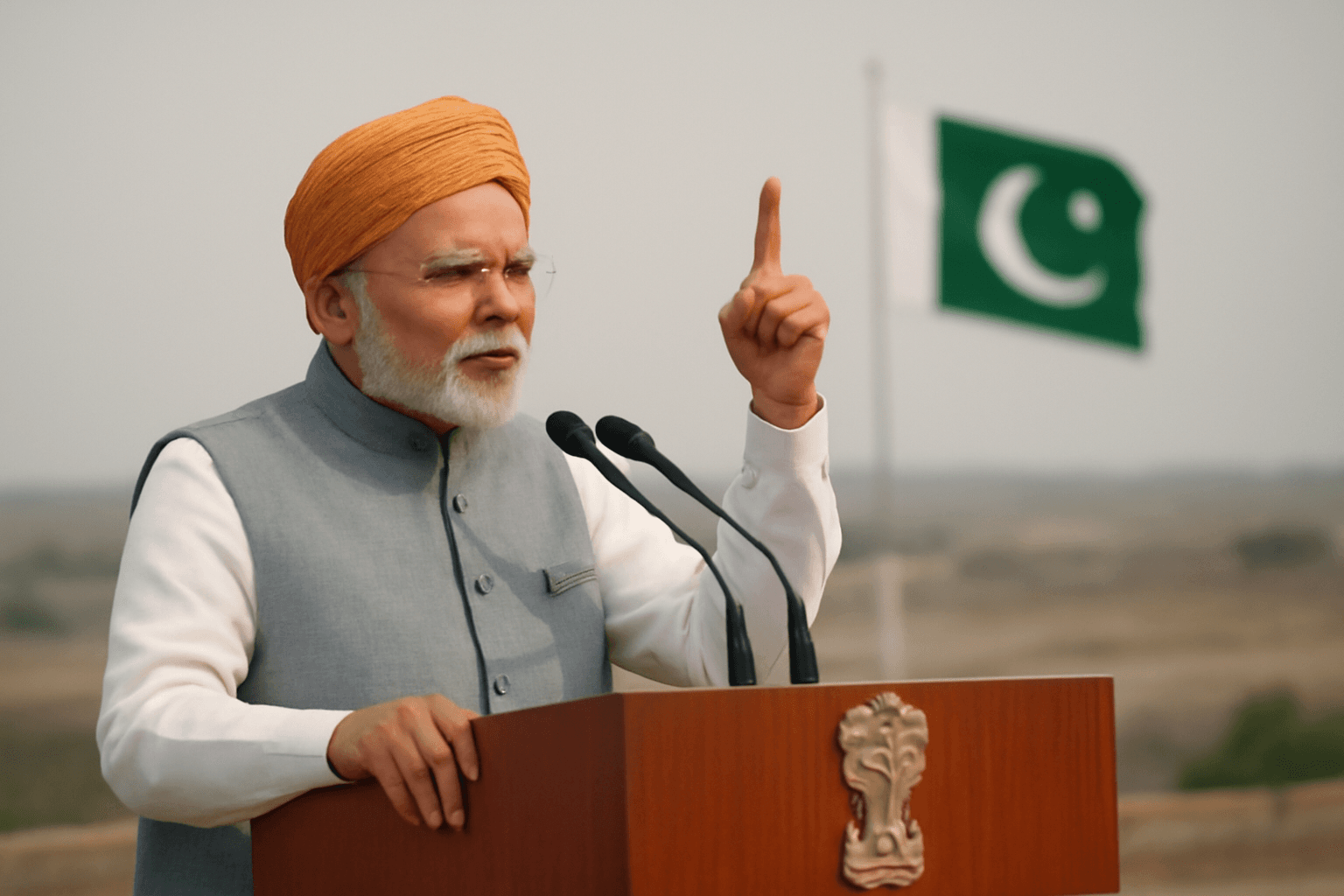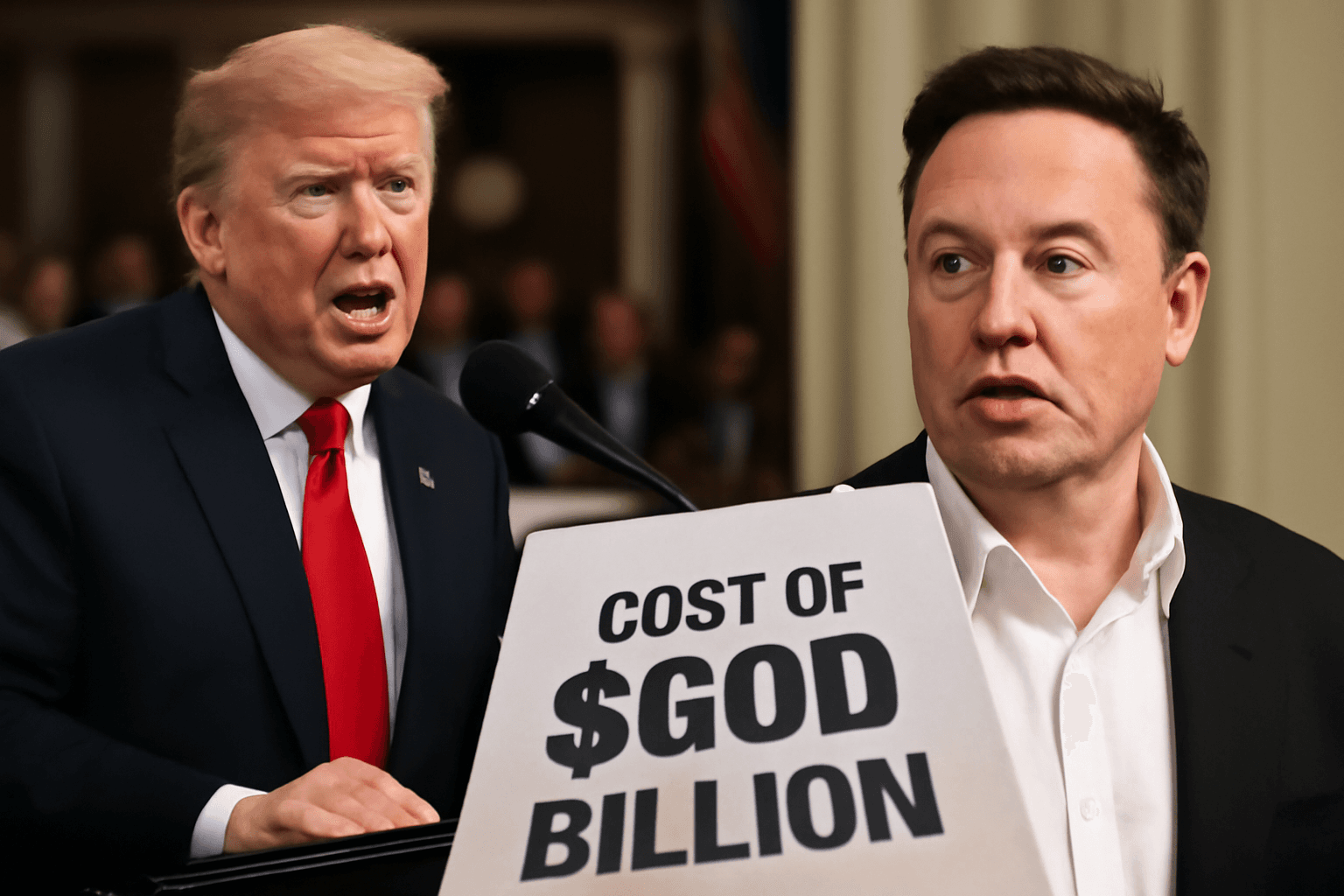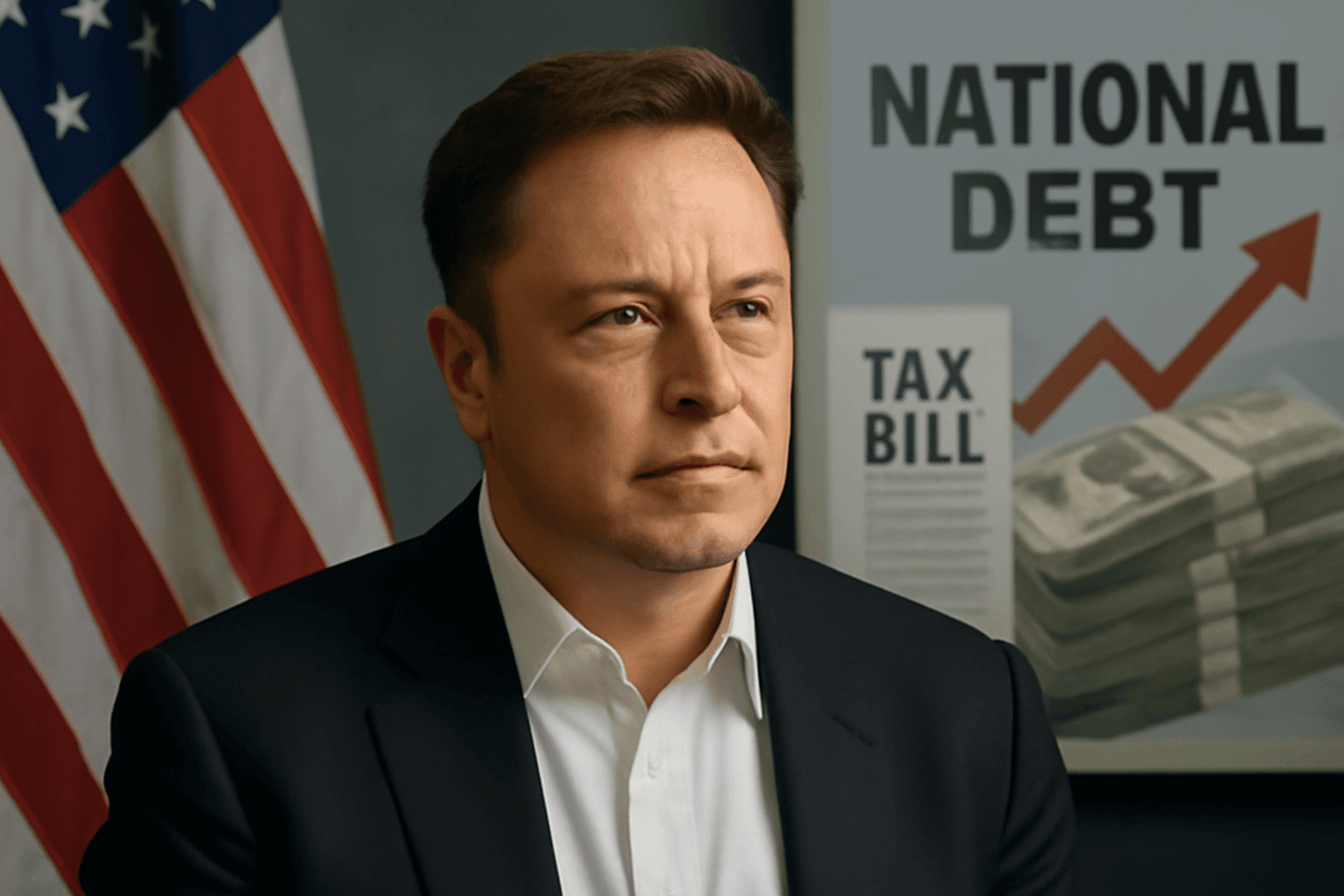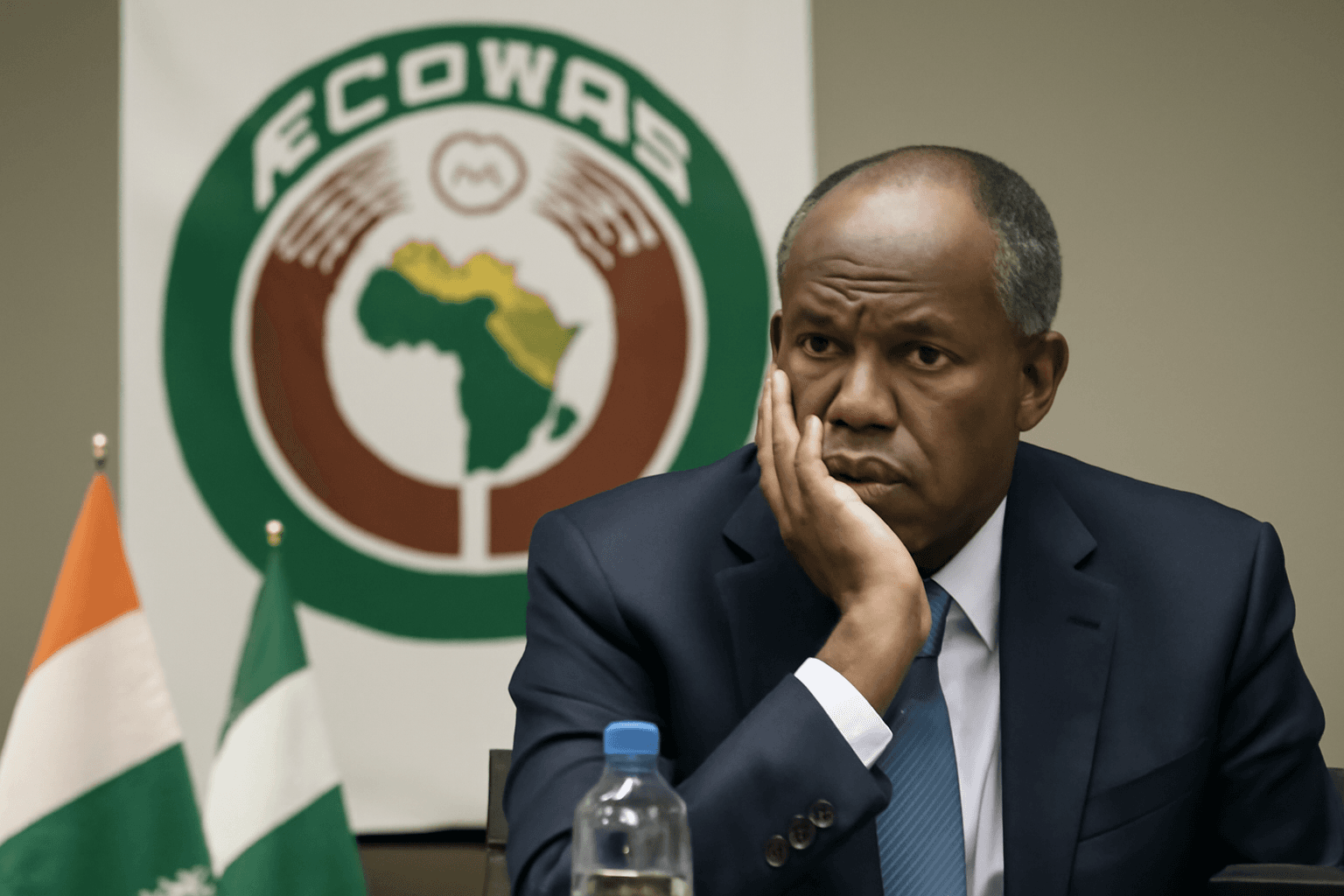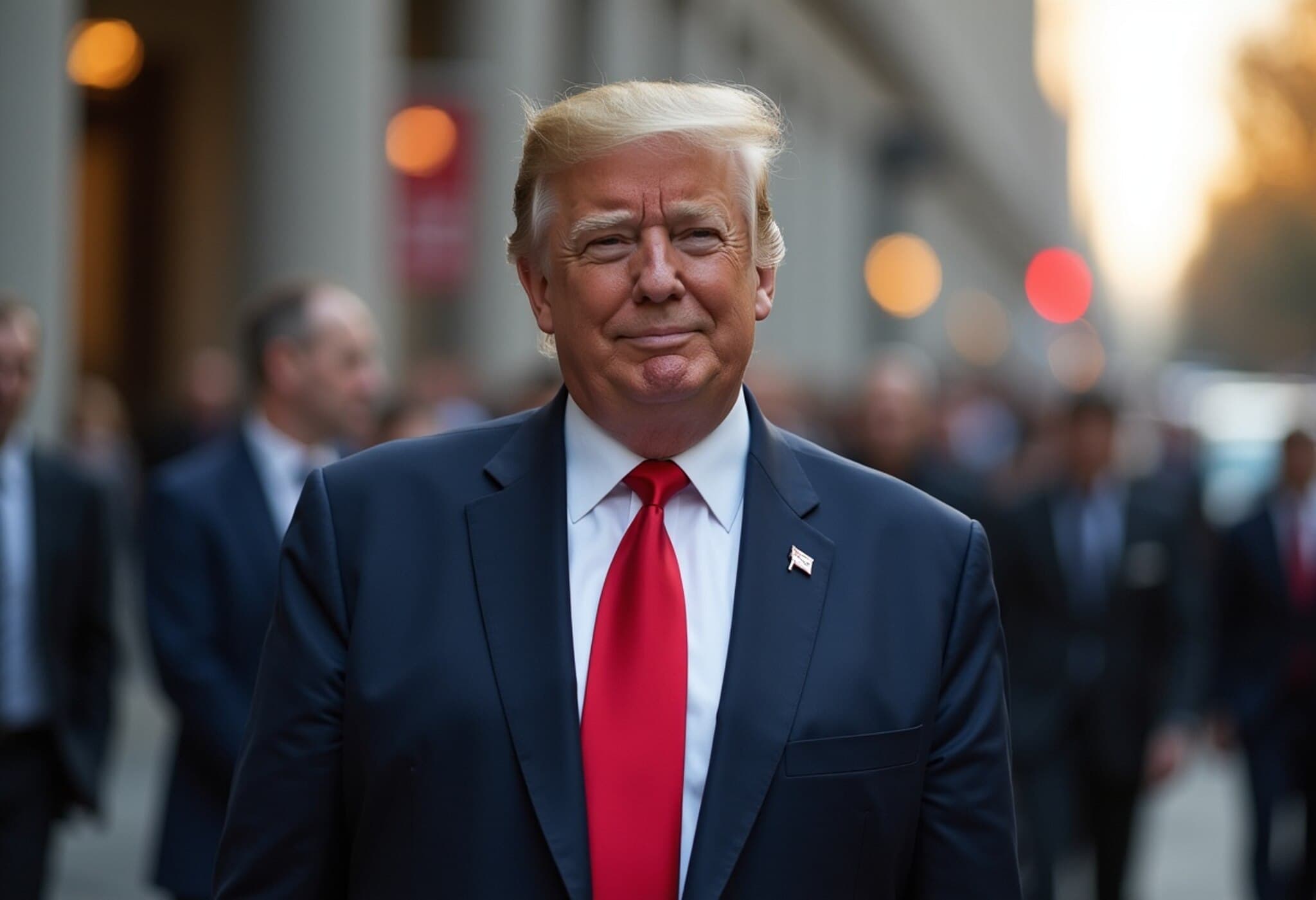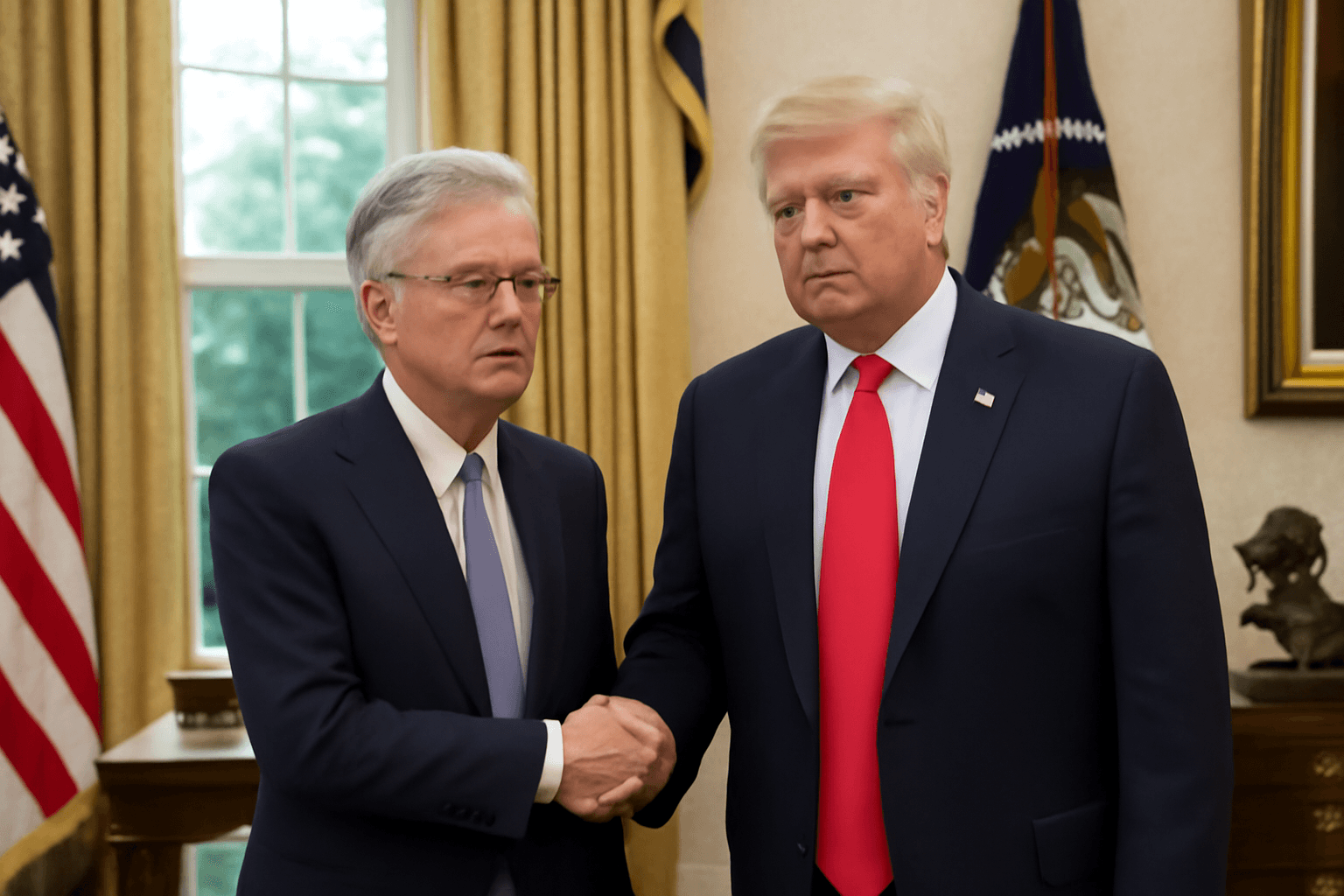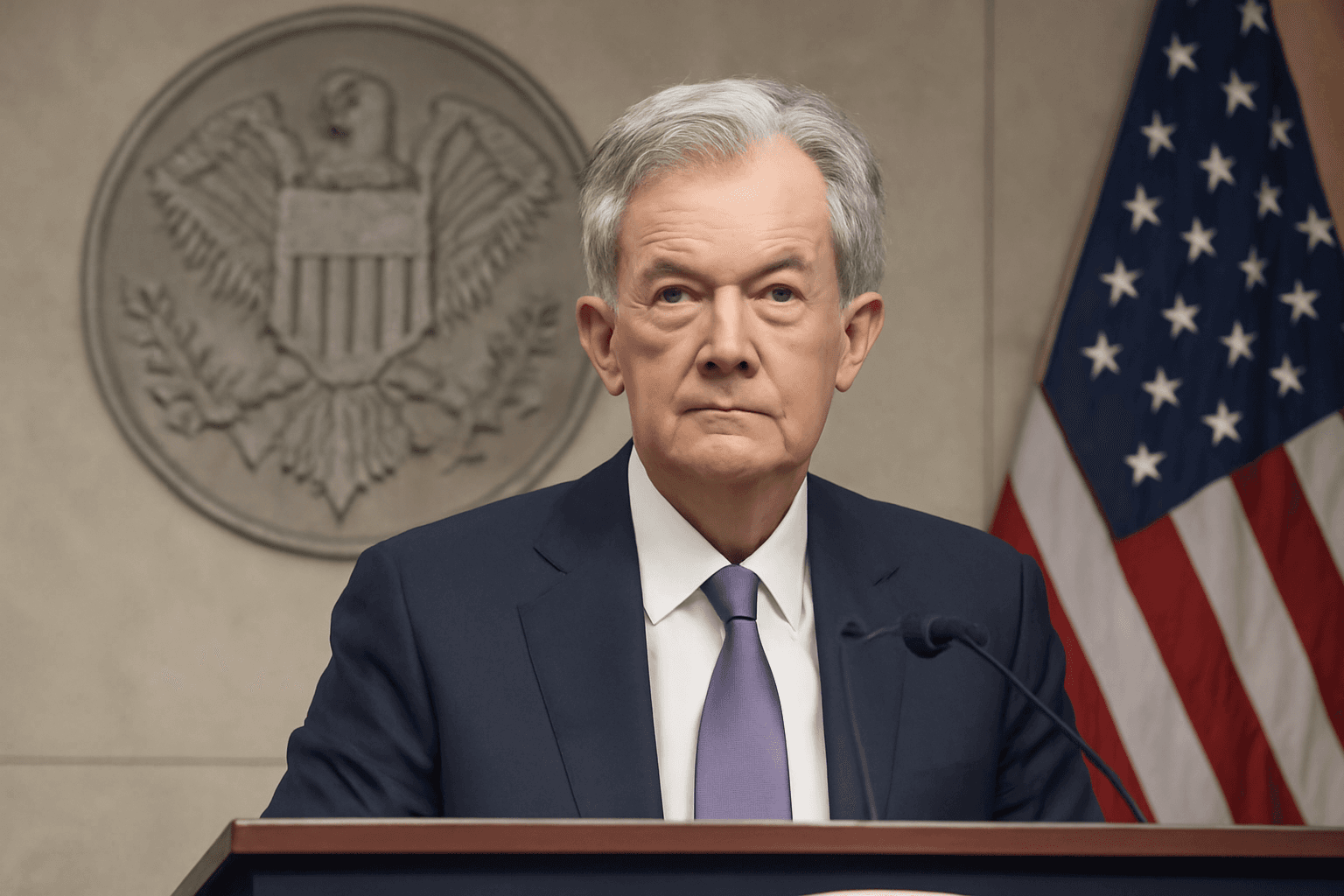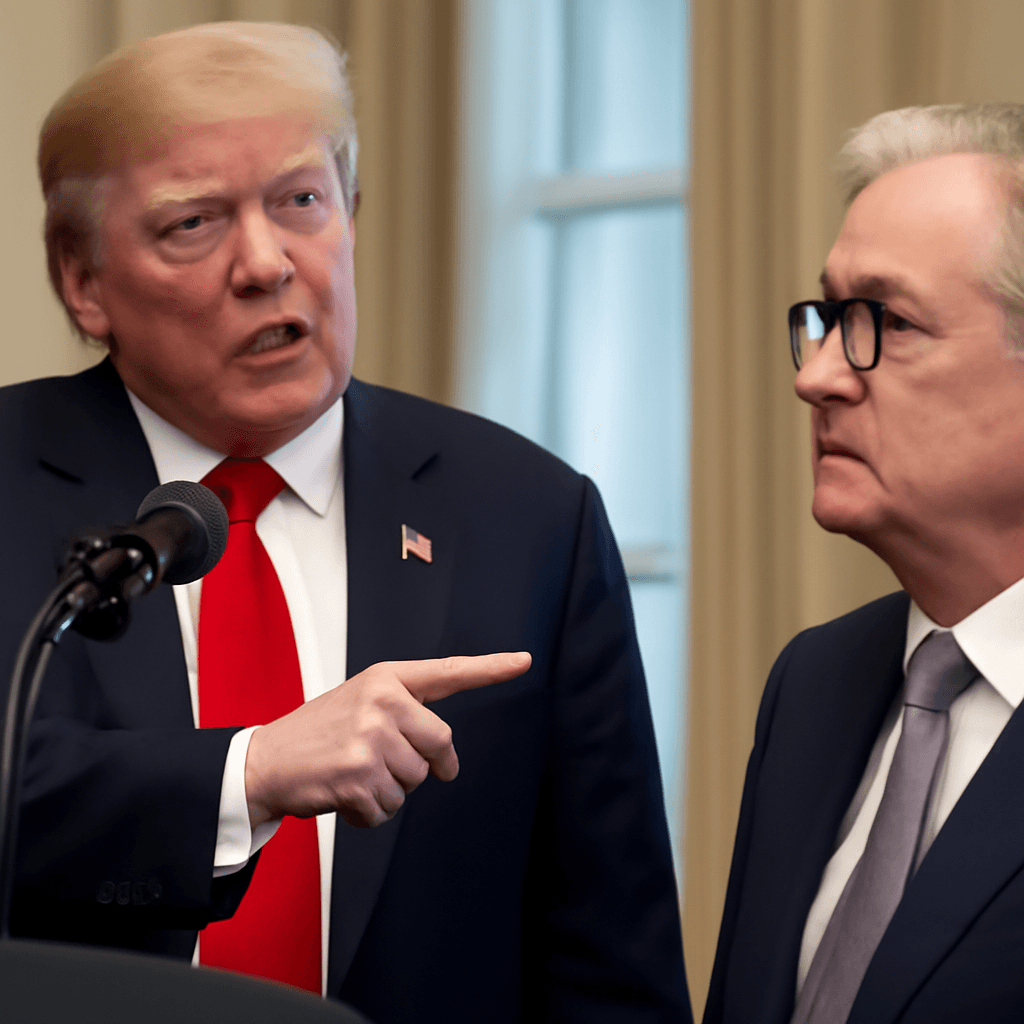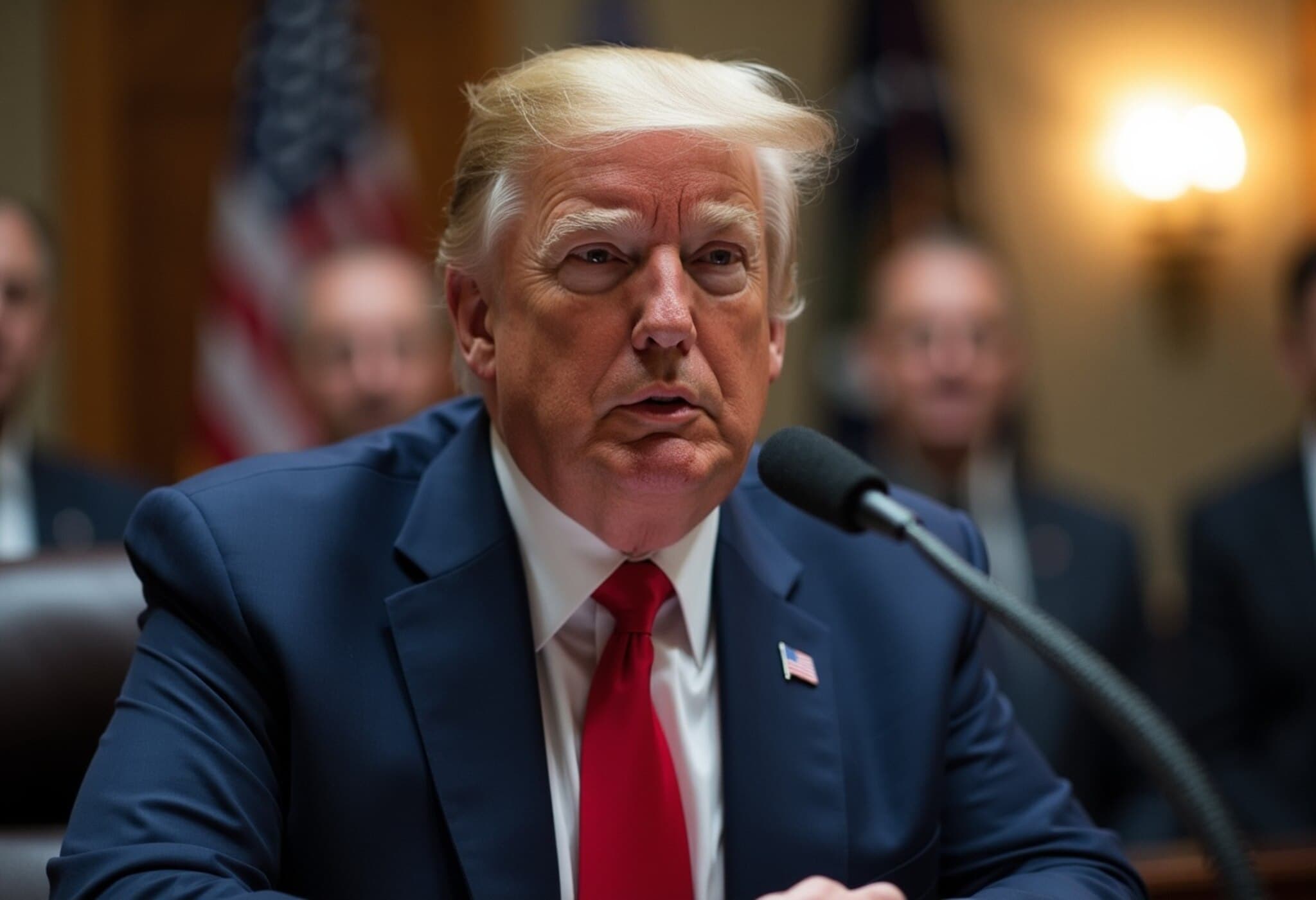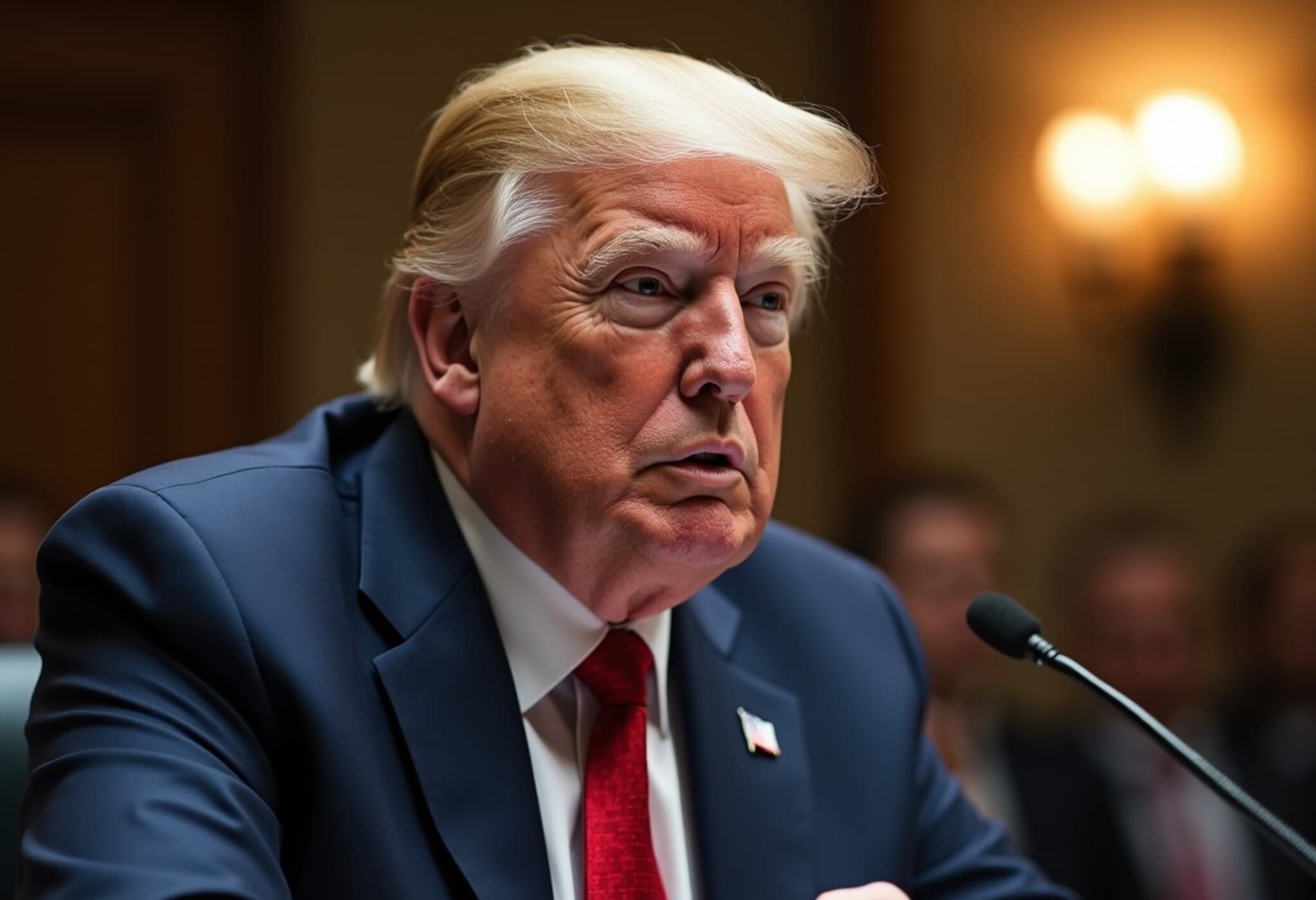How Trump-Appointed Officials Shaped the Federal Reserve Building Renovation
The Federal Reserve’s extensive renovation project, now under scrutiny for its soaring costs and lavish materials, has become a flashpoint in the ongoing tension between former President Donald Trump and Federal Reserve Chair Jerome Powell. Trump, who has long criticized Powell’s interest rate policies, has seized upon the marble-clad architectural choices as emblematic of perceived Fed extravagance. Yet, new revelations show that the push for the marble finishes during the renovation can be traced back to Trump-appointed commissioners themselves.
Marble: A Symbol of Heritage or Excess?
Originally, the Fed’s architects proposed using glass walls for the renovated Great Depression-era headquarters in Washington, D.C., aiming to embody transparency—an apt metaphor for the central bank’s mission. However, in 2020, three appointees to the Commission of Fine Arts, a federal advisory body on architecture that includes Trump appointees with a penchant for neoclassical aesthetics, urged for the inclusion of "white Georgia marble" to reflect the historic and monumental character of the building.
This preference for marble over glass was not purely aesthetic. The commission’s minutes reveal a clear tension between modern design principles and a traditionalist vision championed by these commissioners. Duncan Stroik, appointed by Trump in 2019, and other like-minded members rejected the proposed glass additions, arguing they clashed with the dignified stone structures lining the area.
Financial Implications and Political Fallout
While the marble selection contributes a component of the renovation’s cost, it does not fully explain the project's significant budget overruns—the overall renovation, including a new underground parking garage and expansive glass atria, now estimates a staggering $2.5 billion price tag. The White House has seized on the "premium marble" segment as evidence of Fed profligacy, with budget adviser Russ Vought highlighting it as an example of "ostentatious overhaul."
However, experts like Harvard emeritus professor Alex Krieger note that while stone facades can increase costs, the commission did not weigh expenses in design choices, focusing purely on aesthetic and historical consistency.
This emphasis on architecture has become more than a design debate; it stands at the intersection of politics, economics, and governance. Trump’s public feud with Powell over interest rates is entwined with critiques of the Fed's management and fiscal prudence, creating a climate where even building renovations become battlegrounds for broader institutional criticisms.
Legal and Economic Stakes
The White House's ambition to use the renovation controversy as leverage against Fed Chair Powell raises profound questions about central bank independence. Especially after the Supreme Court affirmed Powell’s protections from abrupt dismissal in May, any attempt by Trump to oust him prematurely could unsettle financial markets, increase borrowing costs for taxpayers, and undermine the Fed’s credibility.
As James Blair, a deputy White House chief of staff recently appointed to the planning commission, probes whether Powell’s congressional testimony on project changes holds up against documentation, the potential for a politically motivated showdown looms large. Blair stressed: "If he's telling the truth, he can prove it by just submitting all the plans and revisions."
Meanwhile, Powell maintains the renovations use "new domestic marble" partly to satisfy external review concerns, emphasizing that some costly features were removed.
Architectural Philosophy: Neoclassical vs. Modernist
Underlying this saga is a deeper ideological divide about architectural values. Trump’s preference, echoed by his appointees, champions classical, monumental stone edifices as symbols of "beauty" and strength. In 2020, as part of his "Executive Order on Promoting Beautiful Federal Civic Architecture," Trump advocated for traditional styles over modernist designs. Conversely, the Fed's architects originally envisioned transparent glass elements as a metaphor for transparency and modernity.
Experts point out that the Commission of Fine Arts under Trump saw a shift towards a more literal adherence to historical architectural styles, a stance reflected in protracted debates and revisions. Some of these appointees—like Stroik, now a Notre Dame architecture professor—acknowledge that stone buildings don't inherently have to break the bank, but admit no formal cost comparison was ever done between marble and glass options.
Looking Ahead: What This Means for Federal Governance and Fiscal Responsibility
This renovation controversy offers a unique lens into how politics can permeate even ostensibly apolitical domains like architecture and infrastructure. It raises critical questions about how federal projects are managed, how aesthetic tastes influence taxpayer dollars, and how political rivalries can politicize institutional decisions.
Moreover, it stresses the importance of safeguarding the Federal Reserve’s independence from political interference. The Fed's credibility rests on its ability to conduct monetary policy free from partisan pressures—something that conflicts triggered by building renovations might imperil.
Key Takeaways:
- Trump appointees influenced the marble-heavy design of the Fed renovation, contrasting with the original transparent glass proposal.
- The renovation project now faces a budget of approximately $2.5 billion, prompting scrutiny from both the White House and oversight bodies.
- The controversy highlights broader political tensions between Trump and Powell, centering on Fed independence and economic policy.
- Architectural debates reflect competing visions of federal identity—modernist transparency versus neoclassical grandeur.
- Potential attempts to remove Powell before his term ends could destabilize financial markets and challenge legal precedents protecting the Fed Chair.
Editor's Note
The Federal Reserve building’s renovation saga underscores how even the most technical and design-focused federal projects can become entangled in partisan politics and ideological battles. Beyond aesthetics and cost overruns lies a profound debate about governance, institutional independence, and the symbolism of public architecture. As the Federal Reserve shapes U.S. monetary policy amid inflation challenges, the question remains: how much should political preferences influence the walls that house these crucial decisions? This story invites readers to consider the broader implications of design choices and fiscal stewardship in federal institutions.

